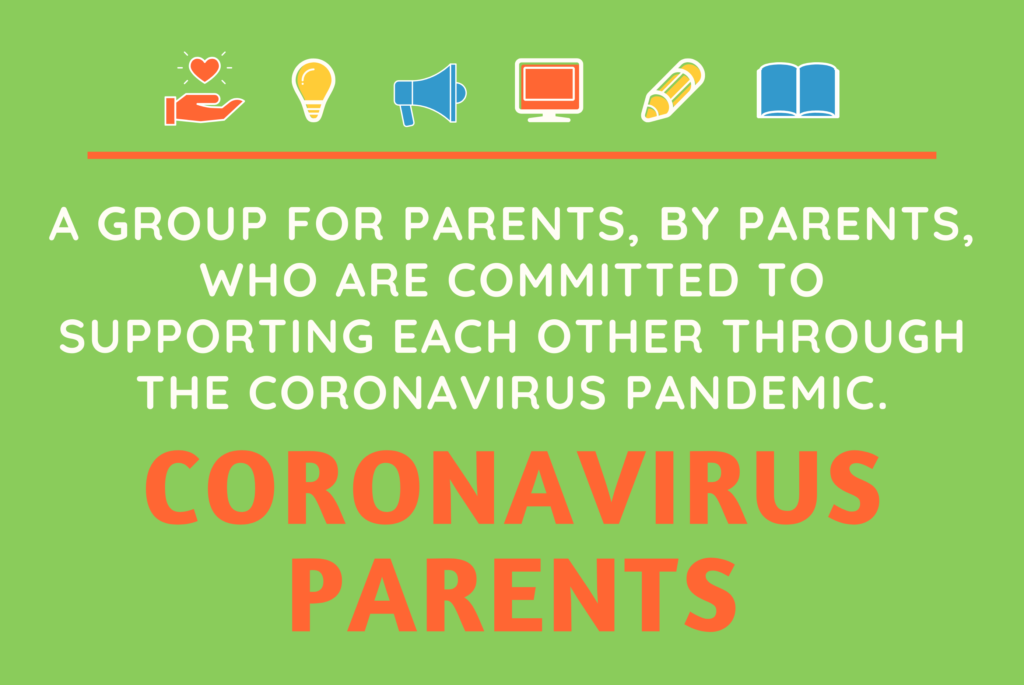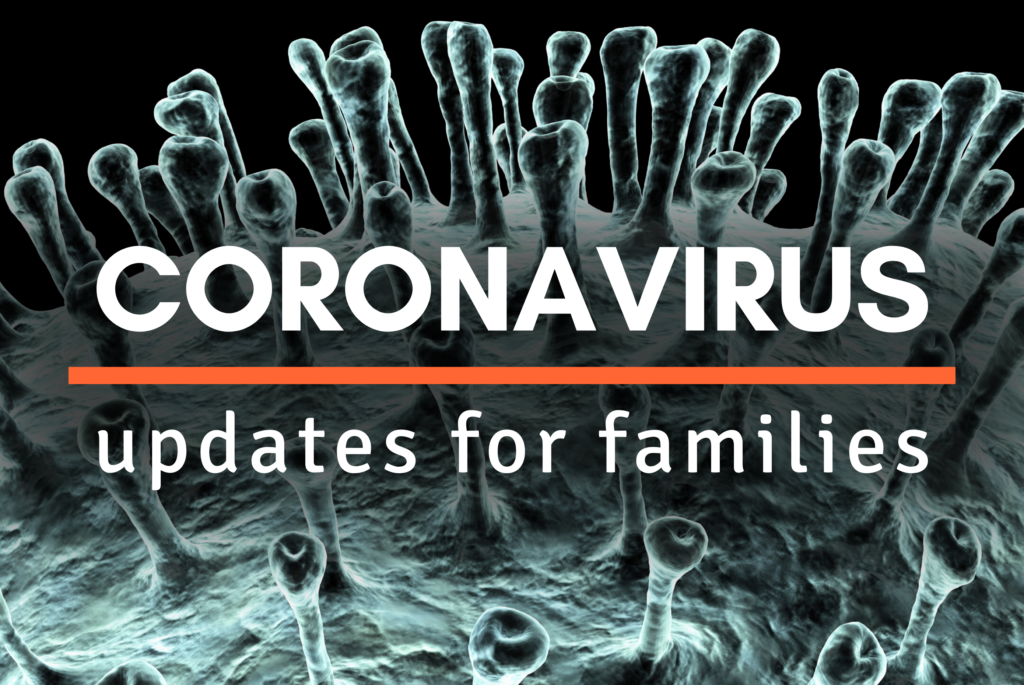Underground Railroad Maps That Are Easy to Draw
Black history should be absolutely central to our understanding of this country and how it was built, but for too many kids it's not taught that way in history class.
Even for parents who really want to teach kids more about Black history, it can still be hard to know what to say when it comes to scary topics like slavery and other racial violence. At the same time, you don't want kids to be too shocked, ignorant, or resistant to these hard-but-true facts when they hear about them later in life.
One key to making some of the disturbing parts of America's history more appropriate for young kids is to put emphasis on the helpers and activists—the people who worked to make things better.
Take the Underground Railroad—it's such a hopeful, inspiring, and fascinating story that's important for kids to be aware of, but of course it can be tricky to explain since it begins with the brutality of enslavement. So here's a script you can use to find the right wording for discussing slavery and the Underground Railroad with kids (elementary school age and up).
Introduce the topic
"Have you heard of the Underground Railroad? It wasn't a real railroad with tracks and trains. It was a system of escape routes for people who needed to get out of danger and into a safer place.
It's called 'underground' not because it was under the ground but because it had to be a secret. Do you know why it had to be a secret?"
Explain the history that lead to this point
"It's because the people who were escaping were enslaved people. Even though these millions of enslaved Black people were no different from you and me, many white Americans treated them like they were not human—because there was a law that said that white people could own Black people as property. Property means things you own, like a car or a couch or a toy."
"White people bought and sold these enslaved people, made them stay at certain houses and farms to work. White people were allowed to hurt and punish enslaved people, and didn't pay them at all even though they were helping the white slave owners make money and take care of their homes and families.
If the enslaved people tried to run away to find a better life, they would usually get caught and be sent back to their enslavers, who would then treat them even worse."
Talk about the helpers on the Underground Railroad and how it worked
"In many states in the American South, slavery was allowed for more than 200 years, even though a lot of Americans didn't think it should be allowed. People who wanted to get rid of slavery and let all Black people be free were called Abolitionists.
Some of these Abolitionists were Black, some of them were white, and some of them were Mexican. Many of them worked secretly on the Underground Railroad."
"People helped in many different ways to make the Underground Railroad work. They helped people run away to freedom by letting them hide in their homes, wagons, churches, underground tunnels, and other secret hiding places.
They used secret code words and patterns that could be hidden in songs, gestures, piles of rocks, quilts, or even laundry hung out to dry, so they could help connect people to the next safe place."
"The safe places were called stations or depots, and the people helping get the runaways from one station to another were called conductors.
It was dangerous being part of the Underground Railroad, because if anyone was caught trying to help enslaved people escape—or even trying to support the conductors or stations by offering food or money—they could be sent to jail or even killed."
Introduce Harriet Tubman
"Have you heard about Harriet Tubman? She was one of the conductors on the Underground Railroad, but first she escaped using the system!"
"Harriet Tubman was a young Black woman who had been enslaved in Maryland her whole life. She made the brave decision to run away and find freedom in 1849.
She traveled mostly at night for many nights, hiding from the slave catchers and meeting up with helpers along the Underground Railroad, until she made it across the border to Pennsylvania, where slavery wasn't allowed anymore."
"She was finally free in Pennsylvania! But she still worried about her family and others who were enslaved, so she decided to sneak back across the border and become a conductor on the Underground Railroad. It was extremely risky because if she was caught, she could be enslaved again, or she could be hurt or killed.
But Harriet ended up returning across the border about 13 times to help more than 70 people escape from enslavement—and she was never caught!"
Share some results
"It's hard to know how many people escaped through the Underground Railroad and how many people worked on the Underground Railroad, because it all had to be kept secret! But one estimate is that it helped 100,000 people escape to freedom over more than 50 years.
Most people escaped towards the north to Canada or to the northern states that didn't allow slavery anymore, but about 3,000 to 5,000 people also escaped towards the south to Mexico. Some of those people hid on boats going to Mexican ports or crossed the Rio Grande River from Texas to Mexico. There were helpers and Abolitionists living near the border."
"Slavery eventually ended in 1865, and the Underground Railroad wasn't needed anymore. But many Abolitionists continued to work to help make things more fair and free for Black people in America. That work continues today, because all of the effects of hundreds of years of slavery and other unfair laws can't be solved quickly and easily."
Follow up with some questions
- If you lived in the 1800s when slavery was allowed, what do you think you could do to help the Underground Railroad run?
- Can you think of a creative way to pass along a secret code or message to help people get to the next station of the Underground Railroad?
- Which part of the Underground Railroad history would you like to learn more about together?
For more helpful guidance on how to tackle tough topics with kids, check out our other scripts for discussing subjects like consent, grief, divorce, online safety, discrimination, and more.

Dealing with school closures, childcare issues, or other challenges related to coronavirus? Find support, advice, activities to keep kids entertained, learning opportunities and more in our Coronavirus Parents: Parenting in a Pandemic Facebook Group.

For ongoing updates on coronavirus-related issues and questions that impact children and families, please find additional resources here.
Want more like this?
Join us on Facebook Messenger for great parenting news and support, sent right to your Messenger inbox. Sign up now to receive quick, concise parenting news on child health, development, behavior, and learning. Plus, stay up to date on all the issues affecting our kids and families.
Get started
garneryouncesomed.blogspot.com
Source: https://parents-together.org/script-for-teaching-your-kids-about-the-underground-railroad/
Belum ada Komentar untuk "Underground Railroad Maps That Are Easy to Draw"
Posting Komentar